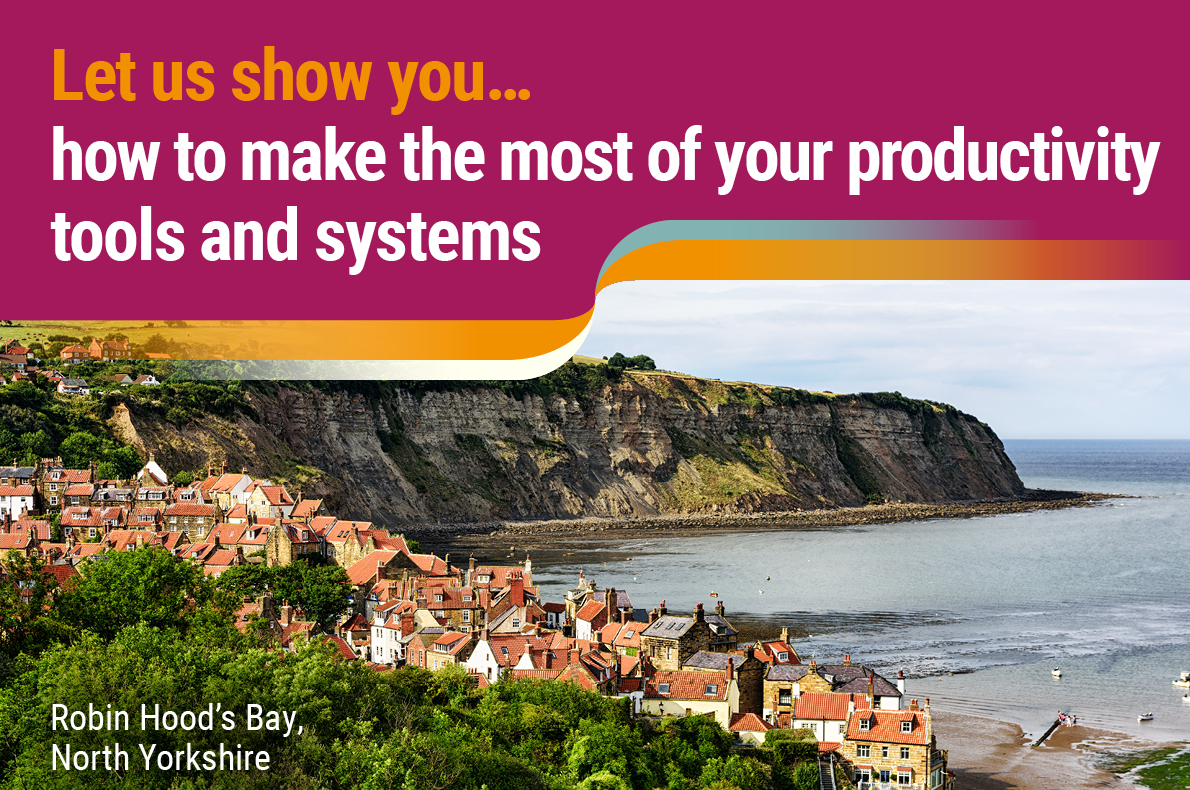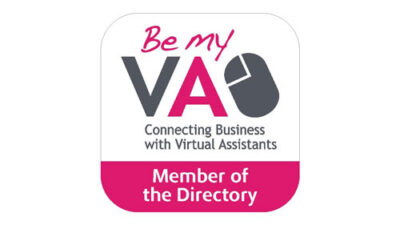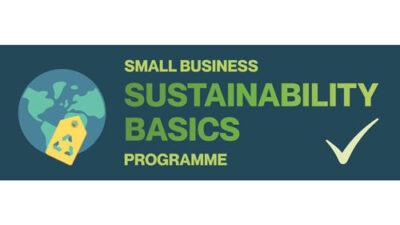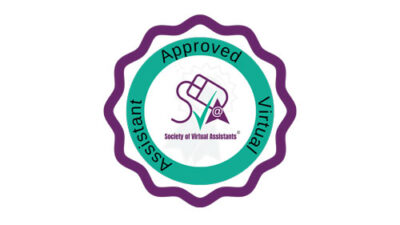Measuring your productivity – Why bother?
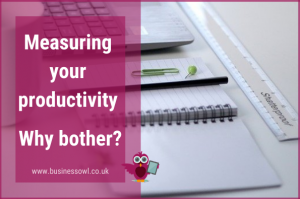 Productivity is something of a buzzword. It’s everywhere. What is it though, outside of a popular hashtag for social media purposes? The basic definition depends on your sector. I like to think of productivity as using your time in a calculated way to create maximum output. The kicker here is that your output must be high quality. Otherwise, what’s the point?
Productivity is something of a buzzword. It’s everywhere. What is it though, outside of a popular hashtag for social media purposes? The basic definition depends on your sector. I like to think of productivity as using your time in a calculated way to create maximum output. The kicker here is that your output must be high quality. Otherwise, what’s the point?
I remember reading Graham Allcott’s: How to be a Productivity Ninja when it first came out. He raises a good point. Can you truly make the most out of your time if you’re not measuring it? I don’t think so.
Why bother measuring your productivity?
Law firms and many other businesses charge clients on a fixed fee project basis or an hourly rate basis, but do you also record the time you spend on your admin? Do you factor this into the actual costs of running your business?
Is your business losing money through wasted materials? What about the equipment you use in your business? Is it a help or a hindrance? Do you need to upgrade your software systems to ensure the smooth running of your enterprise? Do all the gears of your business work together effectively?
How are your staff doing? Has their wellbeing been considered? Problems with productivity can have a substantially negative effect on your workforce. Should your staff continue to work from home? Are they as productive at home as they would be in the office? There has been a huge shift towards promoting home working on an ongoing basis since the pandemic hit. Many businesses have committed to the trend long term, realising that it is better for productivity, in reducing overheads, and increase employee satisfaction.
These are the types of decisions that are made by looking at data, including productivity-related information, and need to be prioritised.
How to measure your productivity
Measuring productivity is not as difficult as it may sound. As a Virtual Assistant, I regularly help clients measure productivity in terms of time and output, using numerous methods and systems appropriate to their particular businesses.
Productivity tools and software
There are numerous tools to help you do this. I highly recommend Toggl which is a time tracking app. Toggl helps you to easily see time spent on specific tasks for specific clients. I recently explained the basics of Toggl to a new client over Zoom, and within half an hour he exclaimed that it was going to be a ‘game-changer’ for his business. I would certainly struggle to run Business Owl as effectively without Toggl.
There are also several project management software options and communication packages that can streamline productivity by measuring output in a data-driven way.
Ask those who know best
A great and yet often underused productivity measurement tool is feedback from your employees. Those who are on the shop floor, working with products, in the office or out in the field. They have a set number of hours in which to achieve their goals. What do they think about their productivity? What tools could help them be more effective and be happier/less stressed at the same time? Employee surveys offer valuable data in terms of how productive current systems are and what can be changed or improved upon.
What about your customer base?
Support tickets from customers or users can be a great way to track productivity, both in terms of how many support tickets are dealt with and what the customer satisfaction level is. Reviews and testimonials also determine productivity levels if you have the right systems in place to collect them. You also need to ask the right questions.
How you measure productivity in your business will depend on your goals and how your business works. These are just a few examples to illustrate that measuring your productivity is achievable and valuable if you know how.
An example of product measurement at work
Productivity can be a somewhat abstract concept if you don’t use it to your advantage. For example, we are now entering a new financial year and coming out of lockdown at the same time. This is not a combination we’ve faced before. How will you decide how best to use your resources to approach this new chapter? Having SMART goals is essential. But how will you ensure that they are met effectively? By being productive is the answer.
To be productive, you need to measure how much is being achieved, what resources are being used to achieve it and how long it is taking. Time is a resource, a valuable one. Whether it is your own time or that of your employees, it is important to use your hours and minutes in the best possible way. Working productively also promotes a better work-life balance. This is something most of us in business have come to value very highly over the past twelve months.
Craving a more productive workday?
Whether you are looking for a more productive workday for yourself or as part of a company-wide exercise, you need systems in place to do it. A Virtual Assistant is impartial and is able to view the business from the outside. This clarity can often be useful.
 When it comes to actually measuring productivity and then putting systems in place to improve output, the right VA will be ideally placed to guide you. To discuss how I could help you to become more productive, please contact me at jen@businessowl.co.uk or on 07970 955535.
When it comes to actually measuring productivity and then putting systems in place to improve output, the right VA will be ideally placed to guide you. To discuss how I could help you to become more productive, please contact me at jen@businessowl.co.uk or on 07970 955535.








